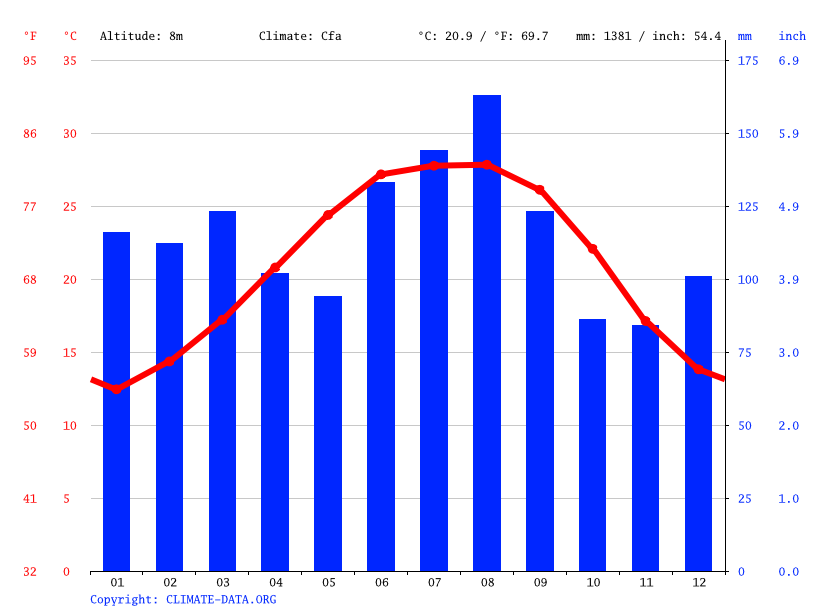


What are some of the main causes of polluted air in New Orleans? This reading of 9 μg/m³ placed it in 3115 th place out of all cities ranked worldwide, as well as 764 th place out of all cities ranked in the United States. This is a fairly respectable reading for a yearly average, however there were a couple of months out of the year that came in with considerably higher readings of PM2.5, showing that the city could still do much to improve its air pollution issues, and reduce the amount of health problems that occur amongst the general population. In 2020, New Orleans came in with a PM2.5 reading of 9 μg/m³, a reading that placed it in the World Health Organizations (WHO's)’ target bracket, which requires a PM2.5 reading of any number below 10 μg/m³ to be classified as such. Whilst these elements serve as important fixtures for major economic growth and movement, they also have a significant effect on the pollution levels, with New Orleans being subject to some dangerous levels of pollution within condensed areas, with many dangerous chemicals found in the air due to large industrial zones pouring out high amounts of pollutants, some of which will be discussed in short. It is counted as the largest city within the state, being home to an estimated 390 thousand people (as of 2019), also serving as a major port city and being both the commercial and economic heart for the entire Gulf Coast region of the United States.īesides having a significant port area (considered one of the largest and busiest in the world), the city also has a strong presence in industries such as oil refining, petrol and chemical production, and natural gas extraction. New Orleans is a city located in the American state of Louisiana, next to the Mississippi River.

How bad is the air pollution in New Orleans?


 0 kommentar(er)
0 kommentar(er)
